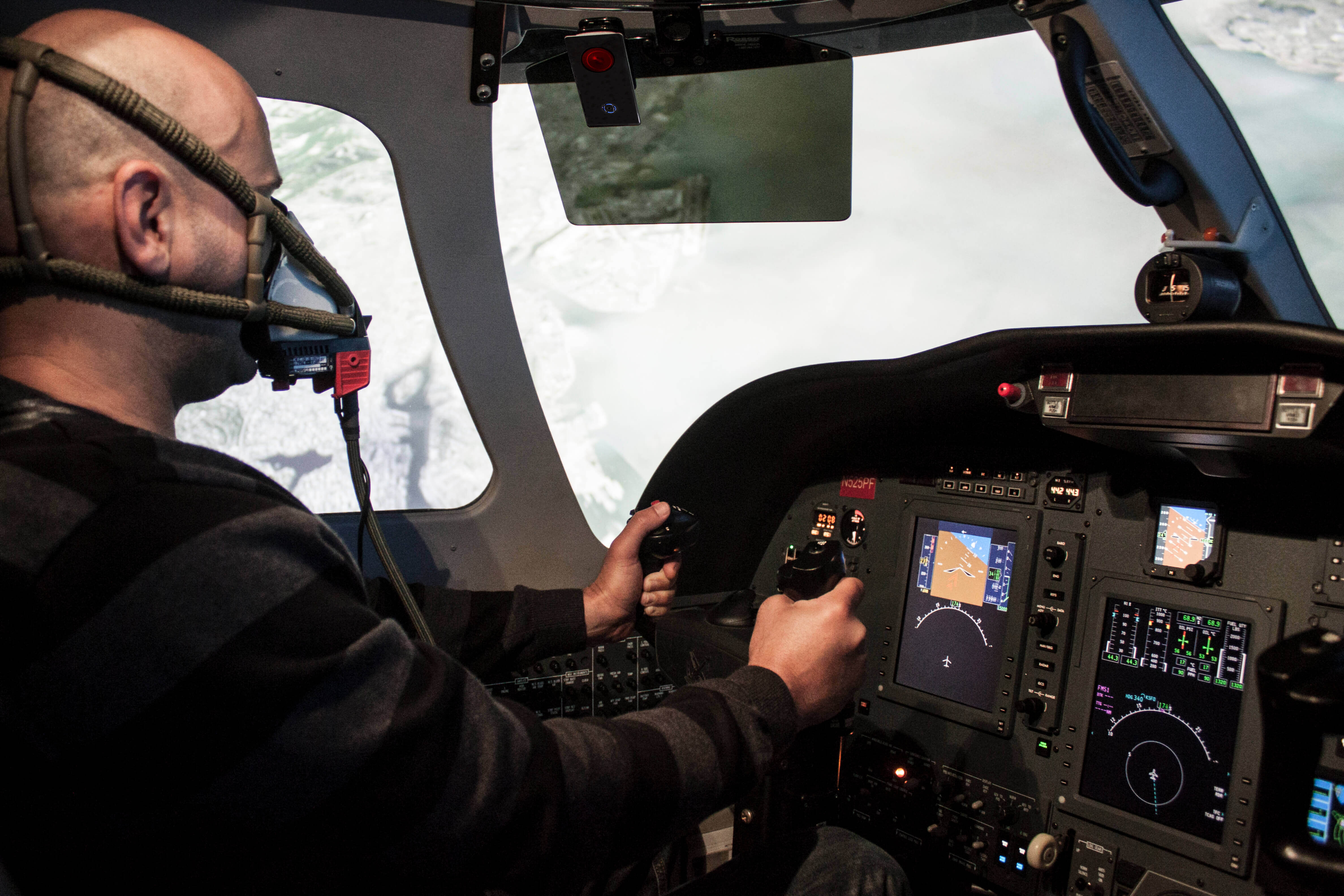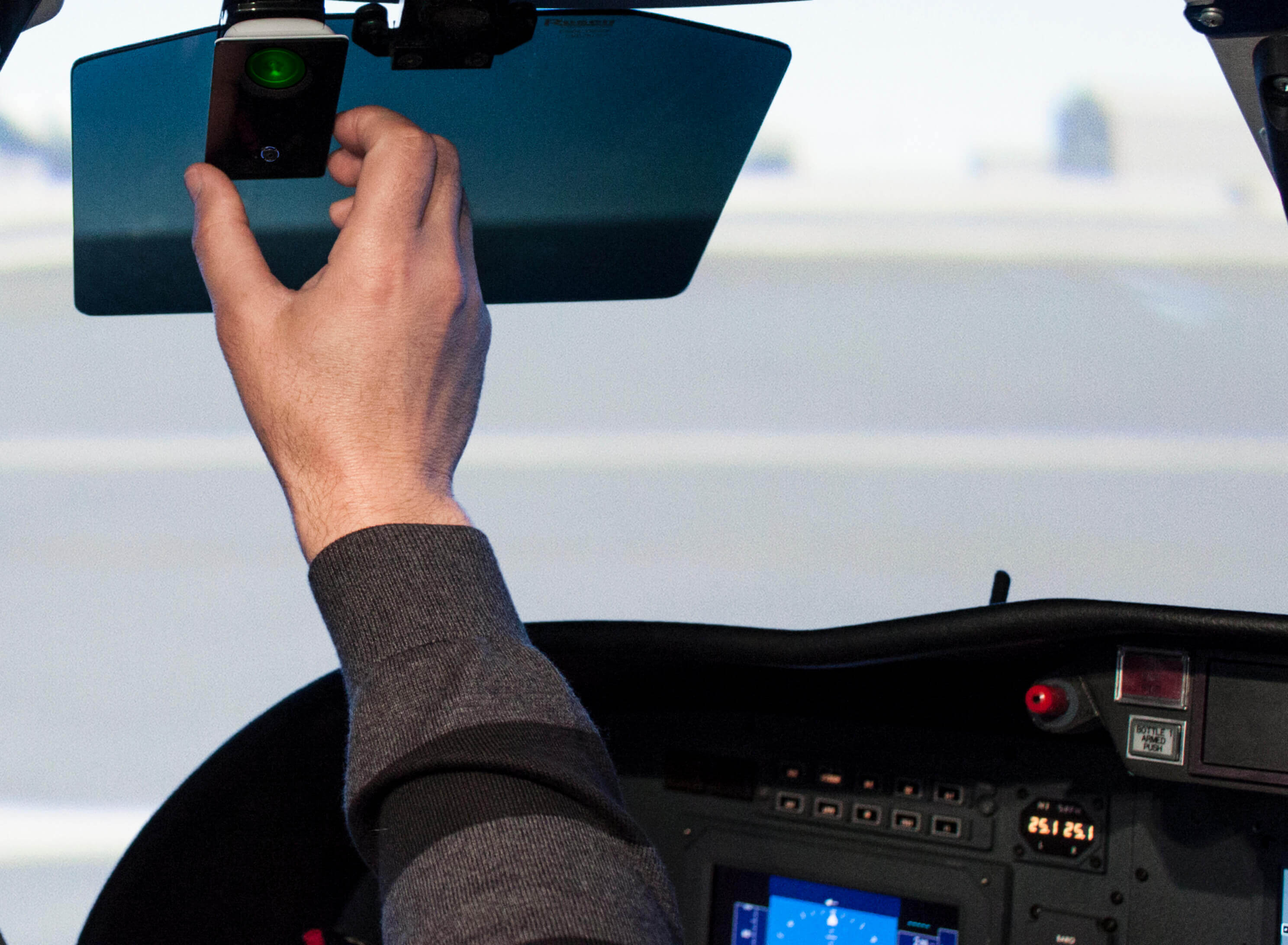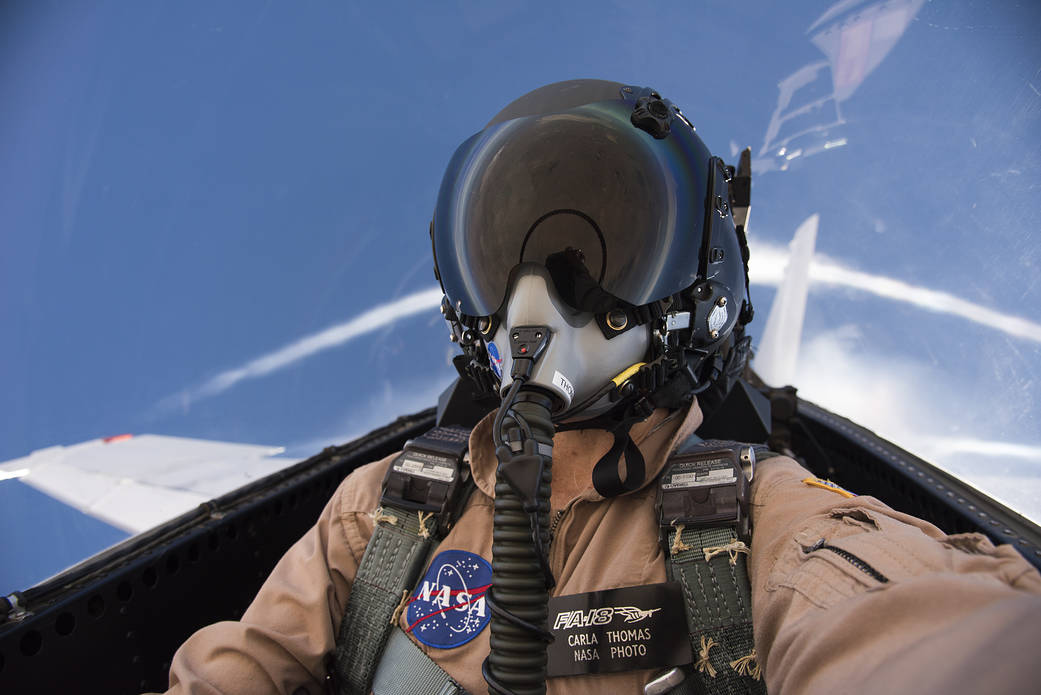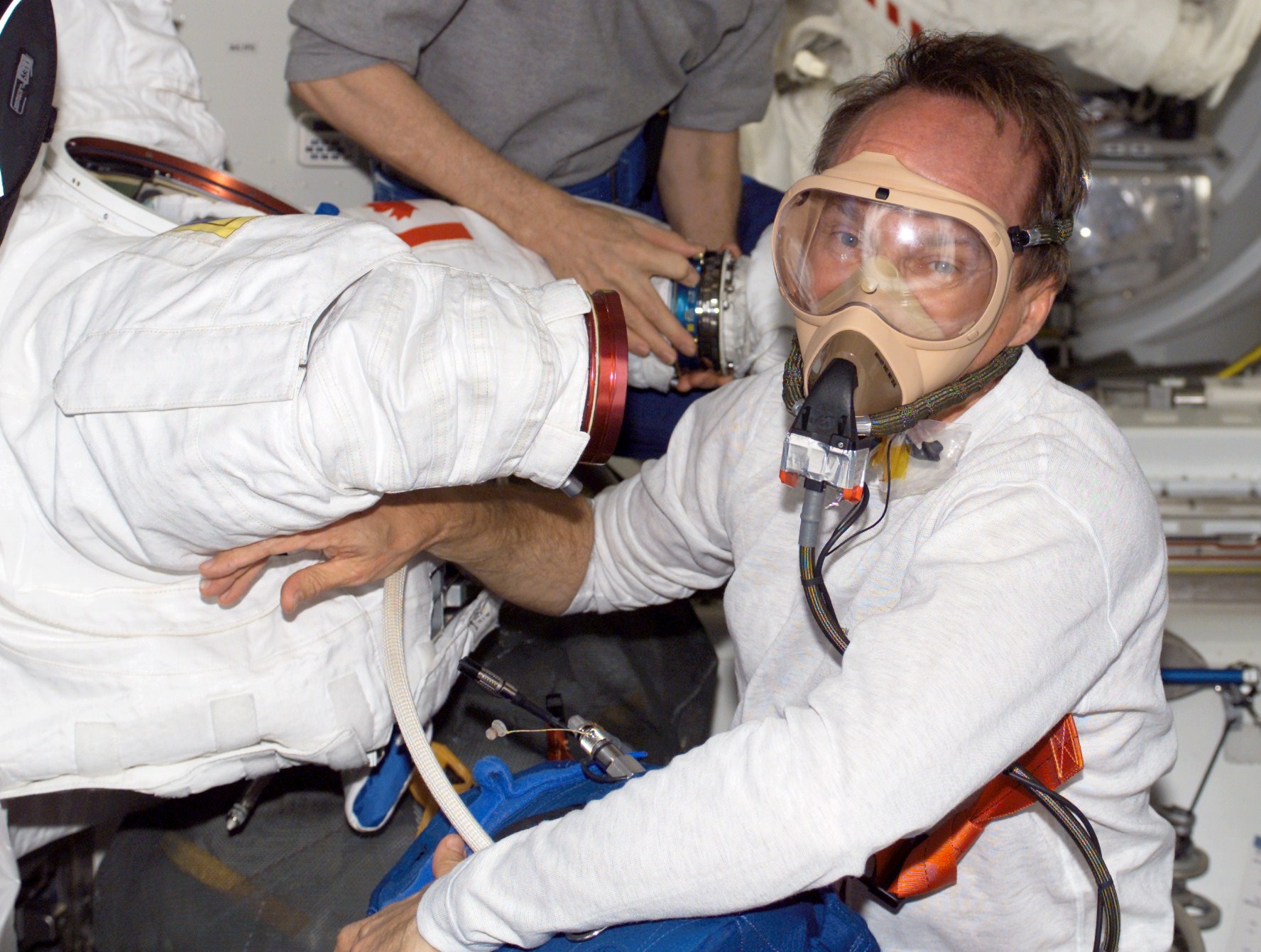



Pilots flying at high altitudes have an advanced critical warning system in the palm of their hands. The same NASA technology developed for notifying space shuttle and International Space Station crews of reductions in cabin pressure is now a simple device that can clip to a visor, be mounted in a cockpit, or worn on clothing, by pilots, mountain climbers and anyone maneuvering at high altitude.
After a tragic airplane crash in 1999 that traced back to hypoxia — a deadly lack of oxygen that can occur when the cabin depressurizes at high altitude — a NASA engineer decided to make handheld oxygen monitors. The idea was to give pilots and astronauts a backup warning system: something they could carry with them that would alert them if the cabin pressure, and thus the oxygen, levels started to drop.
Learn more about how NASA helped develop technology that impacts cabin pressure devices within your city's air travel environment!